Dogs and Cats in another war : Sandy and Tom in Crimea 1856
Recently, in St Leonards, a community arts groups explored “Wonderful Adventures of Mrs. Seacole in Many Lands,” including an arts exhibition artist Dr Jude Montague. She wrote, “I contributed from my own workshop on King’s Road with an exhibition that looked at the news reportage reaching the British Isles from Crimea in the 1850s, focusing on Roger Fenton’s famous war photograph, “The Valley of the Shadow of Death.” Thus she reproduced this as a “cyanotype” and exhibited it, with multiple layers, in a compound wall.She also played a version of the reading of Tennyson’s poem on The Charge of the Light Brigade, which invited people to meditate upon its landscape.But also displayed was a photocopy of Sandy, a dog from the Crimea, displayed in the Illustrated London News of 23 February 1856, in which I was interested, as he was different to the other Crimean animal images I knew.
Sandy was then 7 years old who had travelled with the Lieutenant Lempriere in various countries, being described as a water dog. When his owner returned home to Britain, in poor health, Sandy also returned to Brompton Barracks, in Chatham, where he was presented with a medal. As the ILN article explains “The medal is not a real Crimean one, as dogs are not so decorated, however distinguished in the service.”
However, he was not the only Crimean animal recognised in England.In the winter of 1855 – 56 the painter John Dalbiac Luard had previously visited the Crimea, where his brother, Captain Richard Amherst Luard of the 77th (The East Middlesex) Regiment of Foot, was on active service. Dalbiac Luard’s oil painting, A Welcome Arrival, on display in the National Army Museum – https://collection.nam.ac.uk/detail.php?acc=1958-08-18-1z
presents three officers in a rough bivouac. Behind them, fixed to the wall, are dozens of images. including those from the Illustrated London News including animals. But placed among the three men is a small table on which sat a tabby cat with a white chest. The presence of the cat seemed to signify that the bivouac had almost become a home.
The cat, then called Crimean Tom, was around eight years old and had been found in the city of Sevastopol after a year-long siege. He was understood to have led the British soldiers to a storeroom of Russian supplies, thereby helping to save the British and French soldiers from starvation. He was subsequently rescued from the city and duly brought to England by the officer William Gair. He died in London in 1856. According to the museum, albeit somewhat sceptically, Tom has now been preserved as a taxidermic figure. However , he did come after the Crimean war directly to the museum; rather, he was bought from Portobello Road market in the 1950s, by Lady Compton Mackenzie, who donated him to the museum.
At least such animal-human stories are now being publicly shown from much earlier times. Yet the researching and hosting of many animals, particularly ginger cats , from earthquakes and bombing in Syria , seems rarely displayed. However the sanctuary is online with great photographs in Ernesto’s Sanctuary for Cats in Syria. https://ernestosanctuary.org/
–

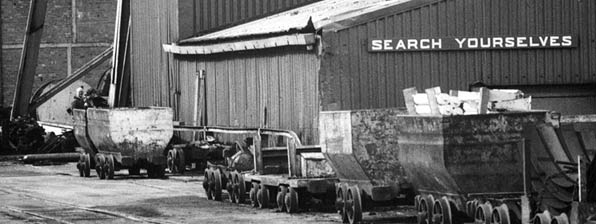

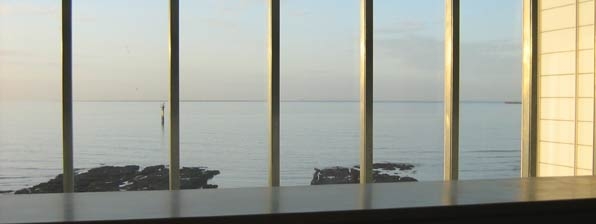
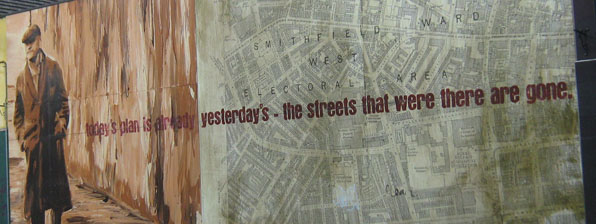


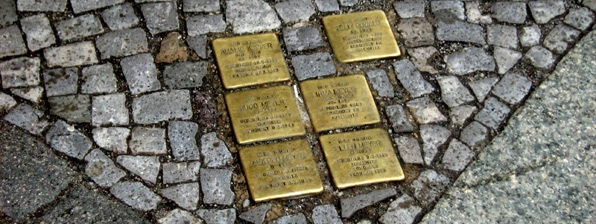


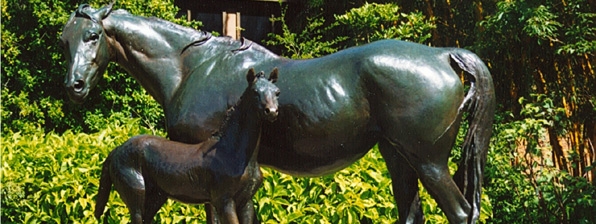
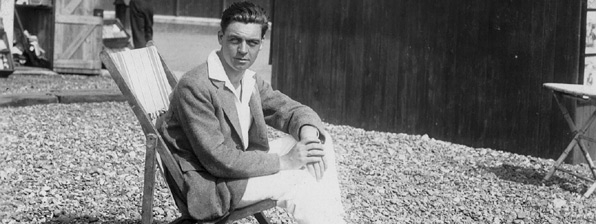
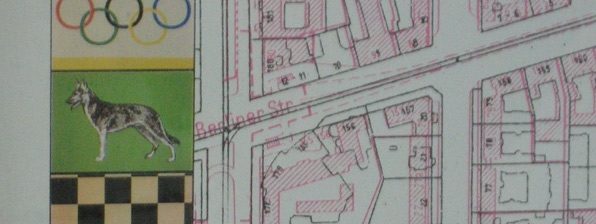
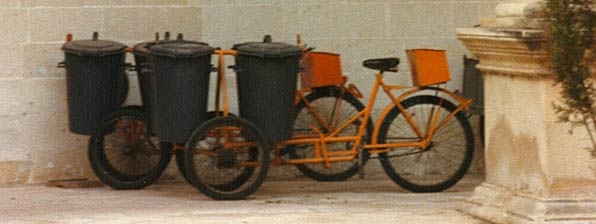
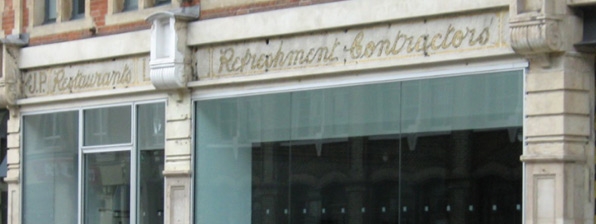
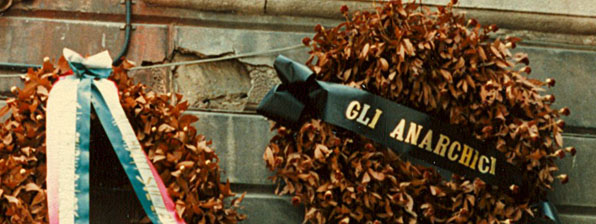


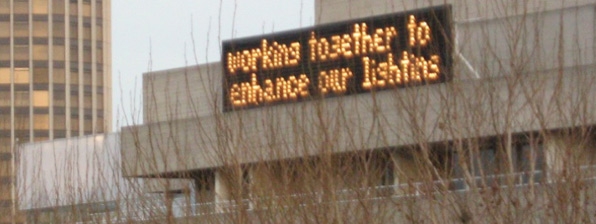


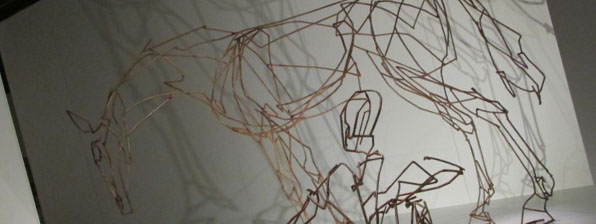


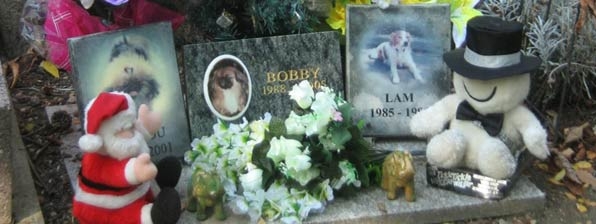

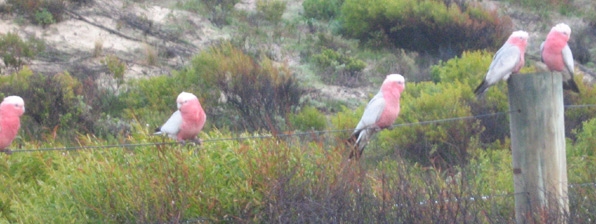


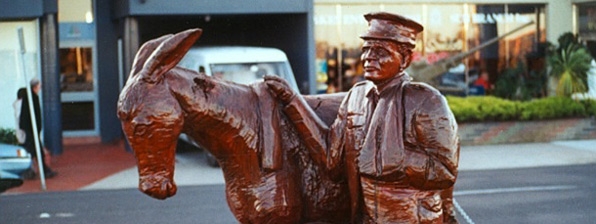





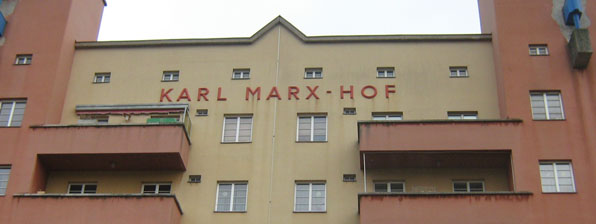

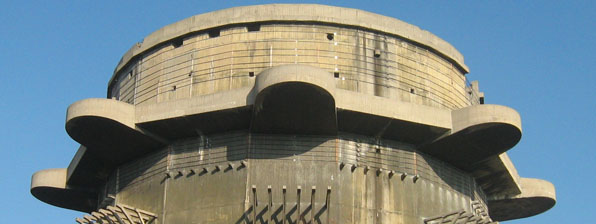










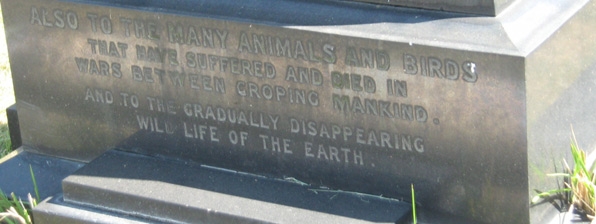




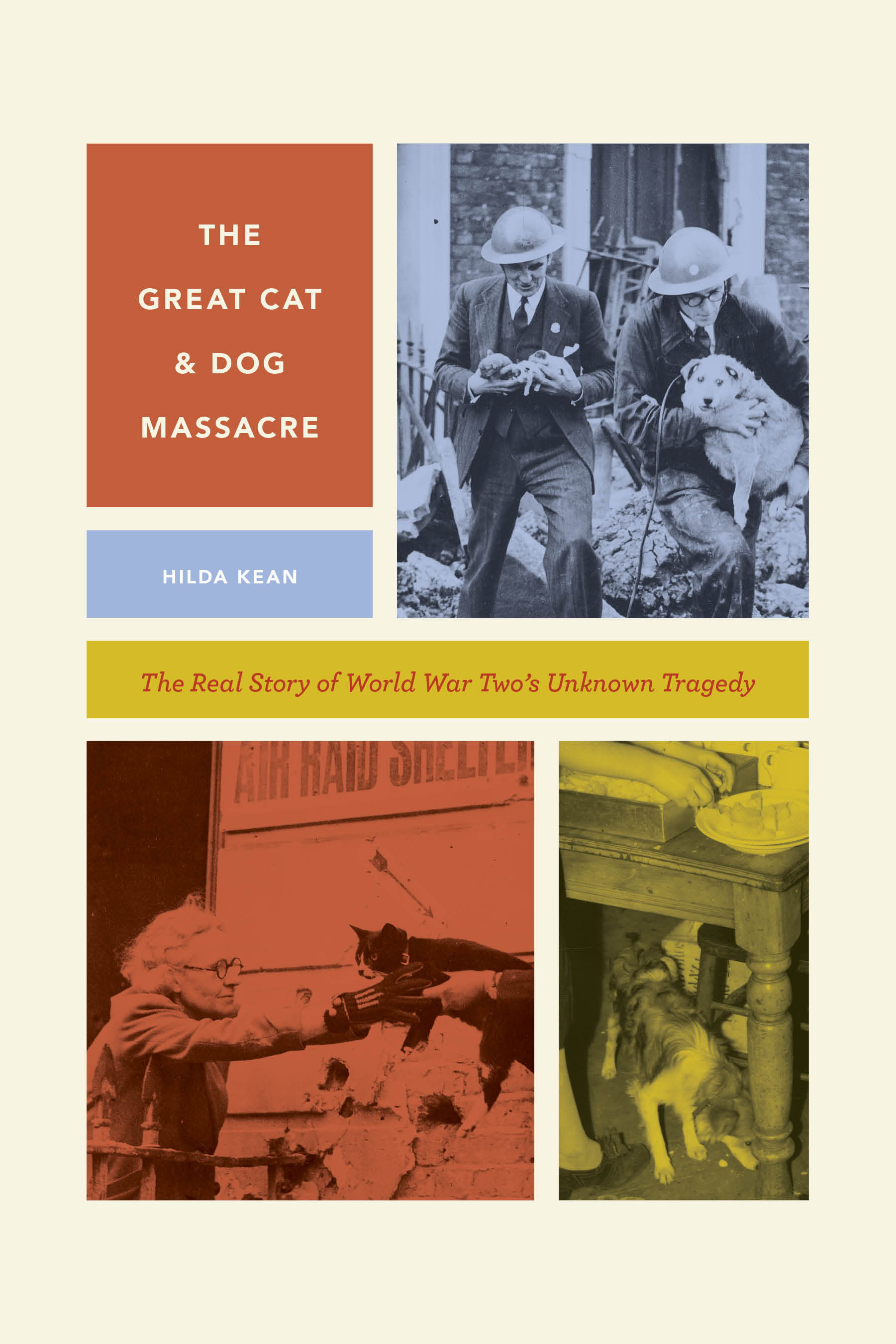


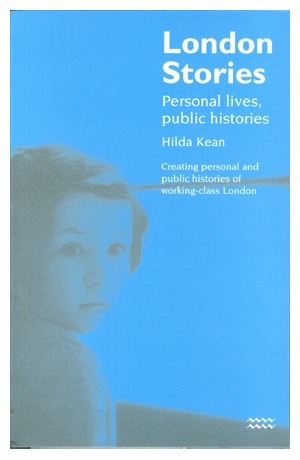







Leave a Reply